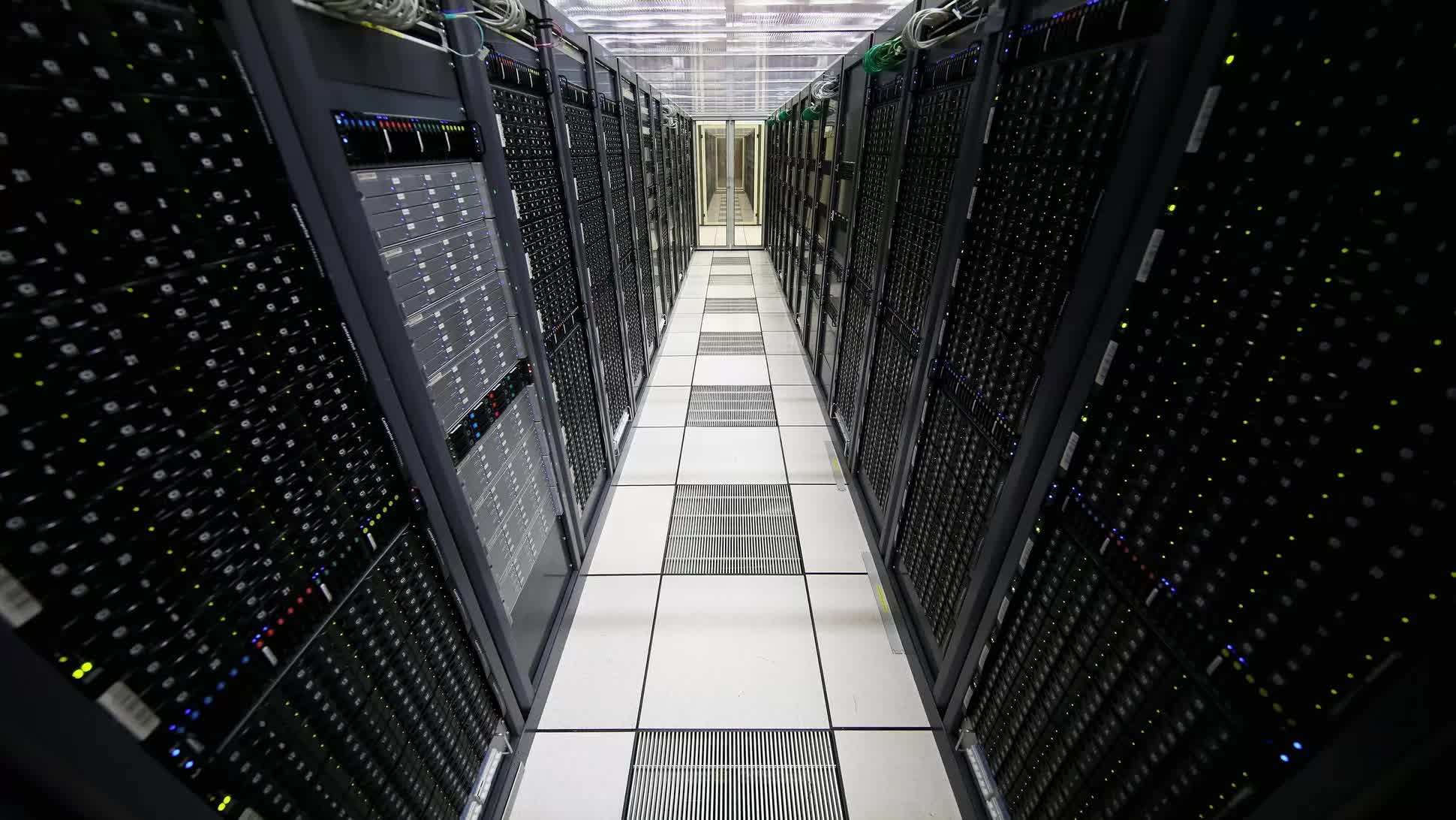[ad_1]
Why it issues: At the moment out there deep studying assets are falling behind the curve as a consequence of rising complexity, diverging useful resource necessities, and limitations imposed by present {hardware} architectures. A number of Nvidia researchers just lately revealed a technical article outlining the corporate’s pursuit of multi-chip modules (MCM)s to fulfill these altering necessities. The article presents the crew’s stance on the advantages of a Composable-On-Bundle (COPA) GPU to higher accommodate varied sorts of deep studying workloads.
Graphics processing items (GPUs) have turn out to be one of many major assets supporting DL as a consequence of their inherent capabilities and optimizations. The COPA-GPU relies on the belief that conventional converged GPU designs utilizing domain-specific {hardware} are rapidly turning into a lower than sensible resolution. These converged GPU options depend on an structure consisting of the standard die in addition to incorporation of specialised {hardware} equivalent to excessive bandwidth reminiscence (HBM), Tensor Cores (Nvidia)/Matrix Cores (AMD), ray tracing (RT) cores, and so on. This converged design leads to {hardware} that could be effectively suited to some duties however inefficient when finishing others.
In contrast to present monolithic GPU designs, which mix all the particular execution elements and caching into one package deal, the COPA-GPU structure supplies the flexibility to combine and match a number of {hardware} blocks to higher accommodate the dynamic workloads introduced in at the moment’s excessive efficiency computing (HPC) and deep studying (DL) environments. This capacity to include extra functionality and accommodate a number of sorts of workloads can lead to higher ranges of GPU reuse and, extra importantly, higher capacity for information scientists to push the boundaries of what’s potential utilizing their present assets.

Although usually lumped collectively, the ideas of synthetic intelligence (AI), machine studying (ML), and DL have distinct differences. DL, which is a subset of AI and ML, makes an attempt to emulate the best way our human brains deal with data through the use of filters to foretell and classify data. DL is the driving power behind many automated AI capabilities that may do something from drive our vehicles to monitoring monetary programs for fraudulent exercise.
Whereas AMD and others have touted chiplet and chip stack know-how as the subsequent step of their CPU and GPU evolution over the previous a number of years—the idea of MCM is much from new. MCMs might be dated again so far as IBM’s bubble reminiscence MCMs and 3081 mainframes within the Seventies and Nineteen Eighties.
[ad_2]
Source link

